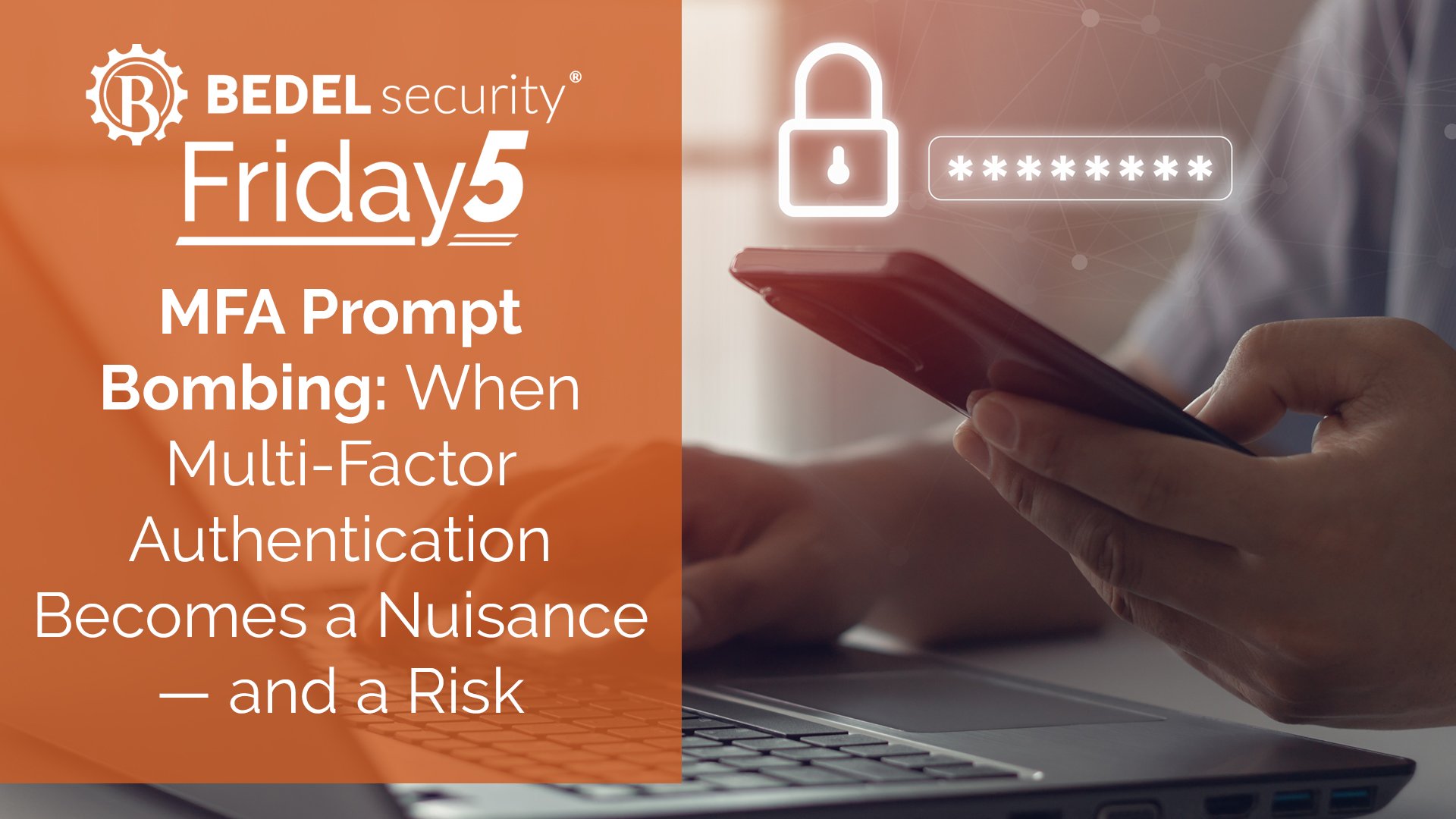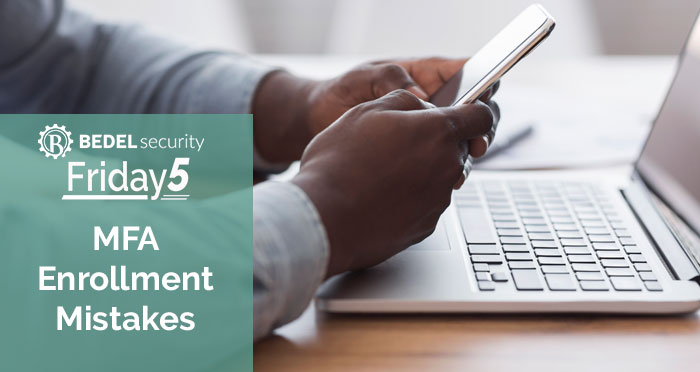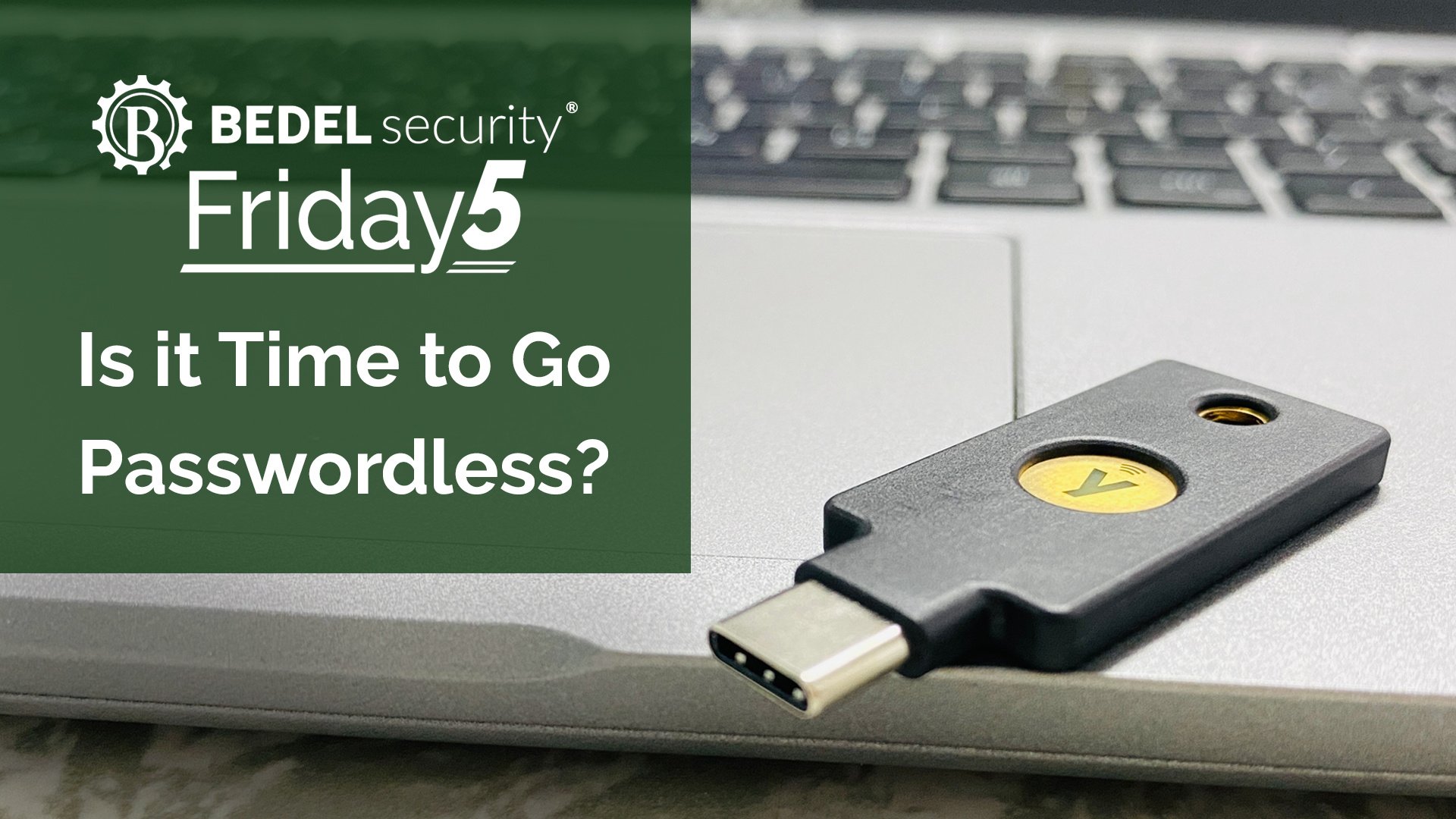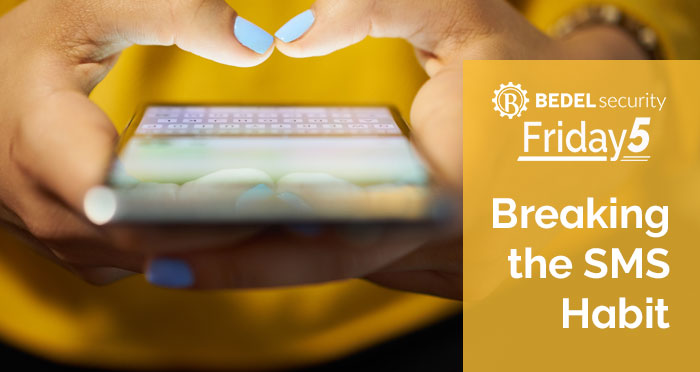MFA Enrollment Mistakes
Most financial institutions understand the importance of Multifactor Authentication (MFA) in keeping unauthorized parties from gaining access to user...
4 min read
Andrew Hernandez : Nov 7, 2025

Multi-factor authentication (MFA) is widely considered one of the best affordable controls for preventing account takeover. But like every security control, MFA isn’t foolproof — and attackers are creative. One emergent tactic to watch for is MFA prompt bombing: attackers overload users with authentication prompts (pushes, codes, or notifications) until the user, frustrated or confused, approves one — giving the attacker access.
This post explains what prompt bombing is, why it works, the real risk it poses for organizations (especially banks), and — most importantly — what you can do to stop it.
MFA prompt bombing is an account takeover technique in which an attacker repeatedly triggers MFA challenges for a targeted account. The attack usually follows this general pattern:
Variants include repeated push notifications, spamming SMS/passcode requests, or otherwise creating large numbers of authentication interruptions intended to fatigue the user into making a mistake.
Prompt bombing preys on predictable human reactions:
Attackers exploit human shortcuts rather than technical holes. That’s why a good MFA design includes both technical controls and user education.
Prompt bombing lowers the barrier for attackers who already have partial access (e.g., passwords from leaks). Stopping it reduces one of the easiest paths to a larger compromise.
Monitoring and logging are the first line of defense. Look for these indicators:
If you see these signals, treat them as suspicious and investigate rather than assuming they’re benign.
Below are defensive measures prioritized from highest impact to supplementary controls. Implement what fits your environment; layering matters.
1. Prefer phishing-resistant MFA where possible
2. Configure MFA vendor settings to limit abuse
(Work with your identity provider; many options are configuration choices rather than engineering work.)
3. Risk-based access and conditional policies
4. Secondary approval and dual authorization
5. Improve detection & response
6. User training and reporting culture
7. Device hygiene & enrollment controls
8. Credential hygiene
MFA is essential — but not invincible. Prompt bombing is an elegant, low-cost way for attackers to convert partial access or leaked credentials into full compromise by exploiting human behavior. The good news is that thoughtful configuration, stronger authentication choices, detection, and a culture that encourages verification can greatly reduce the risk.

Most financial institutions understand the importance of Multifactor Authentication (MFA) in keeping unauthorized parties from gaining access to user...

For years, having long and complex passwords has been ingrained in us as a requirement, so it may seem strange to consider eliminating passwords...

Multifactor Authentication (MFA) is one of the most important controls to block account takeover fraud. There are many different forms of MFA...